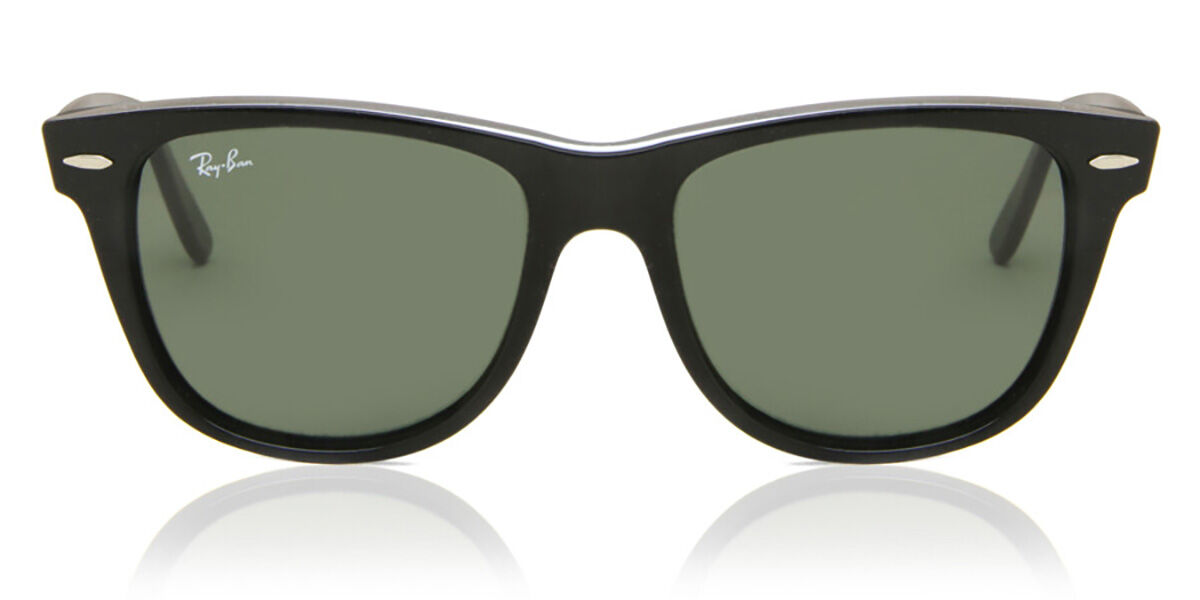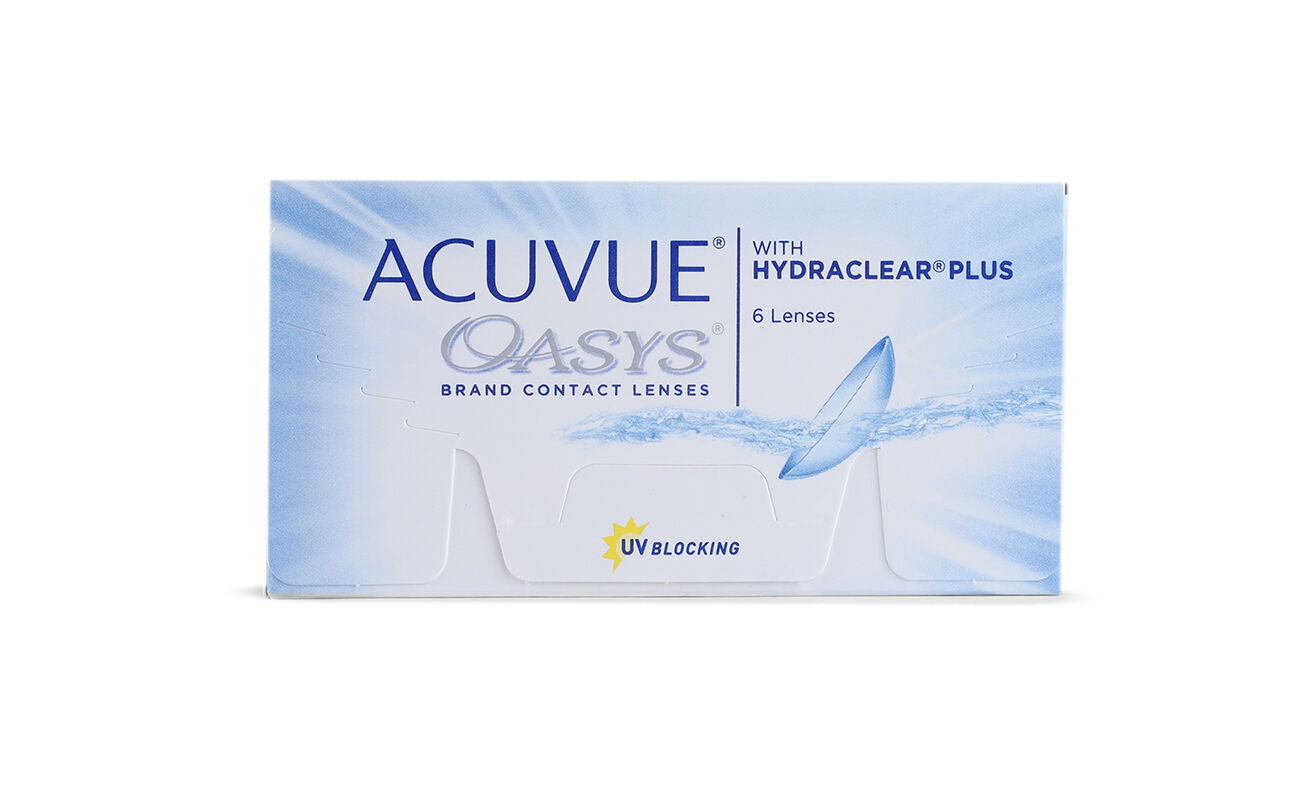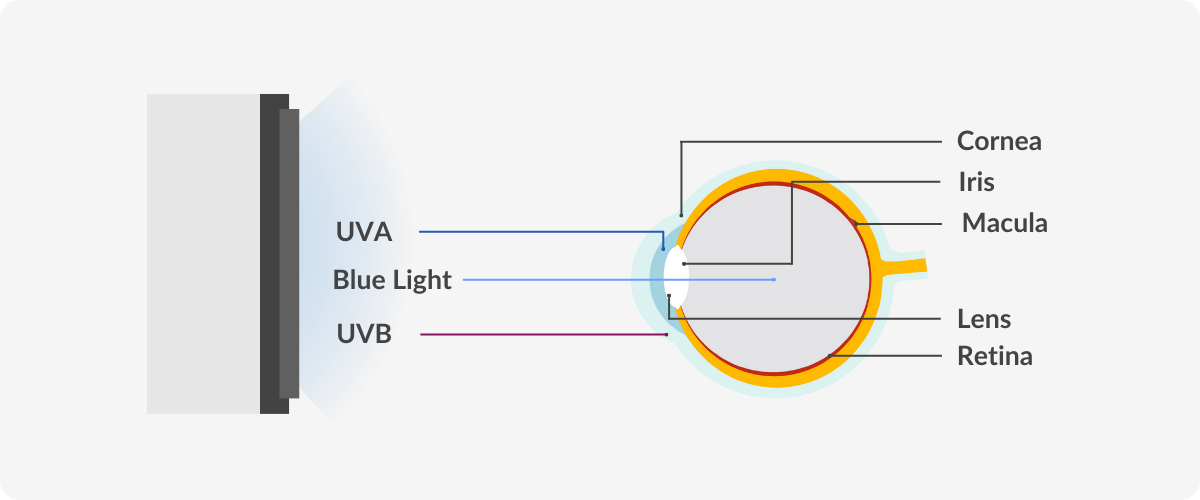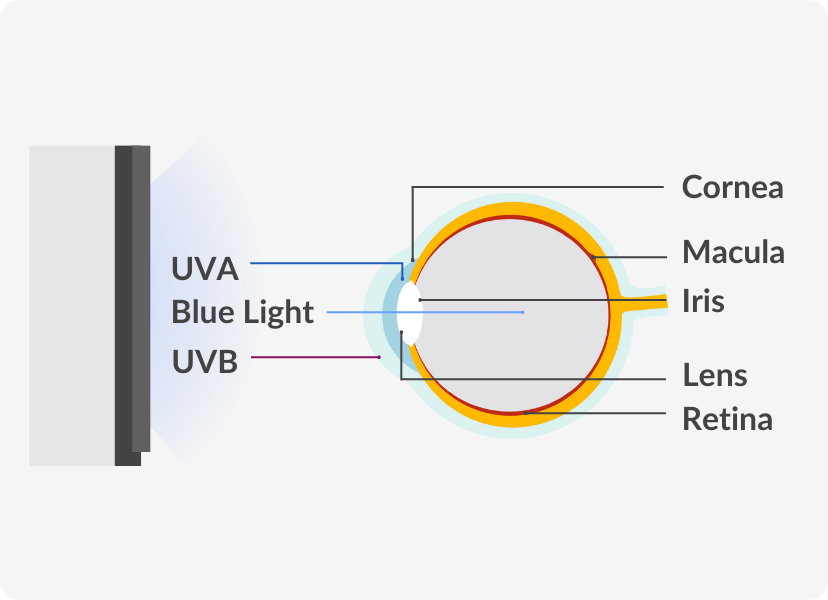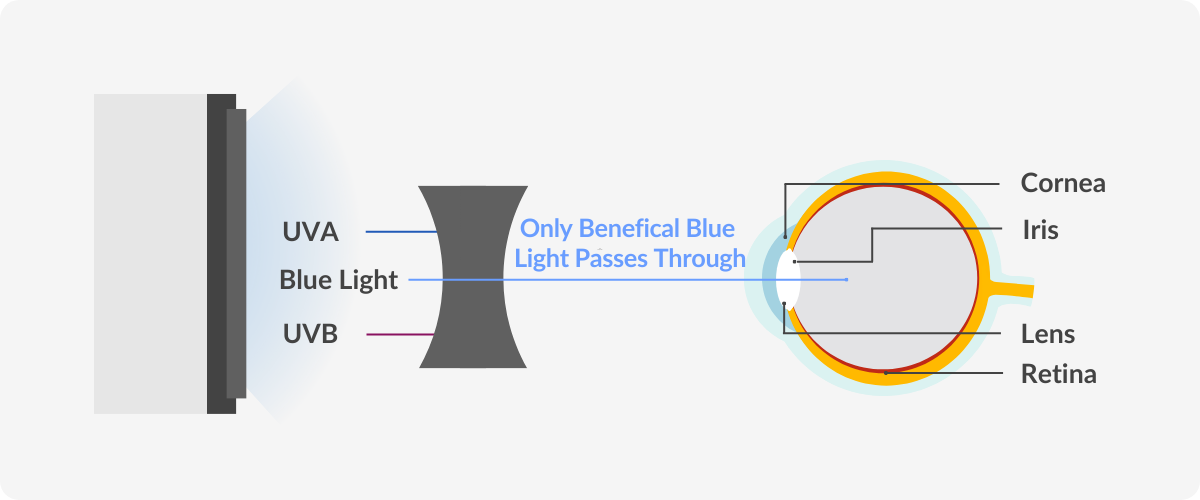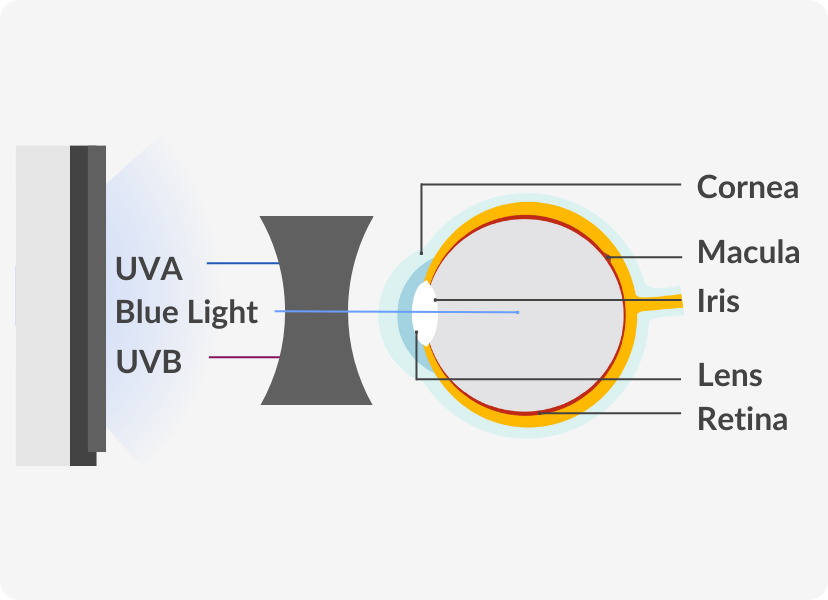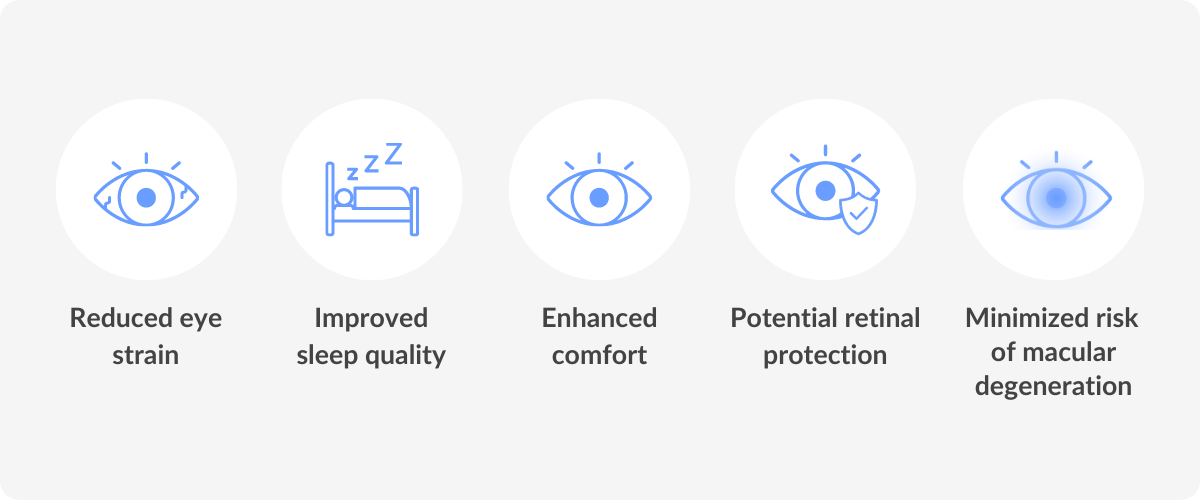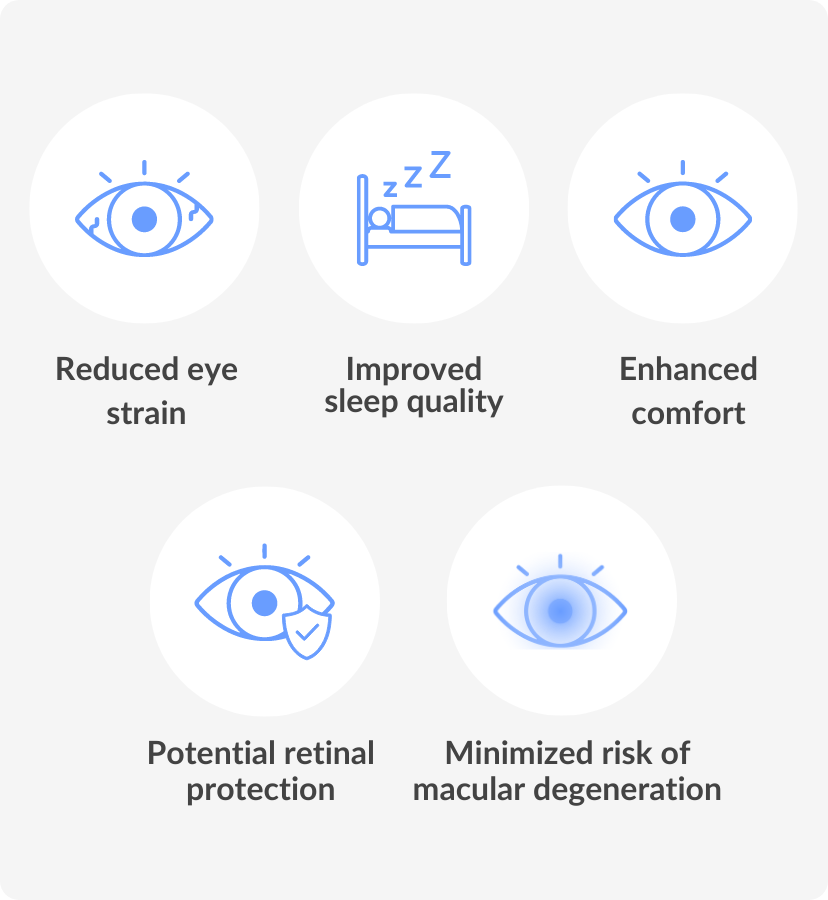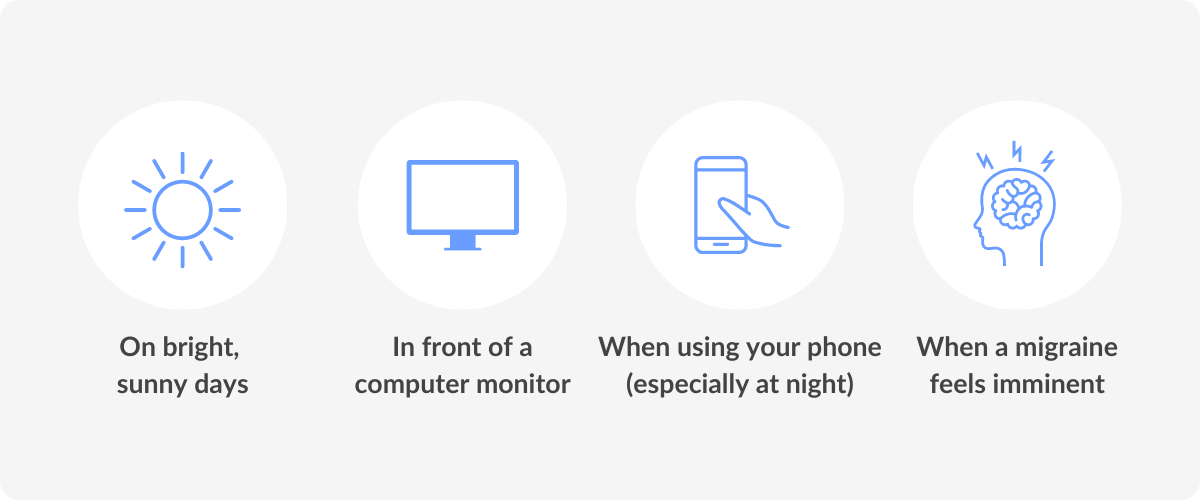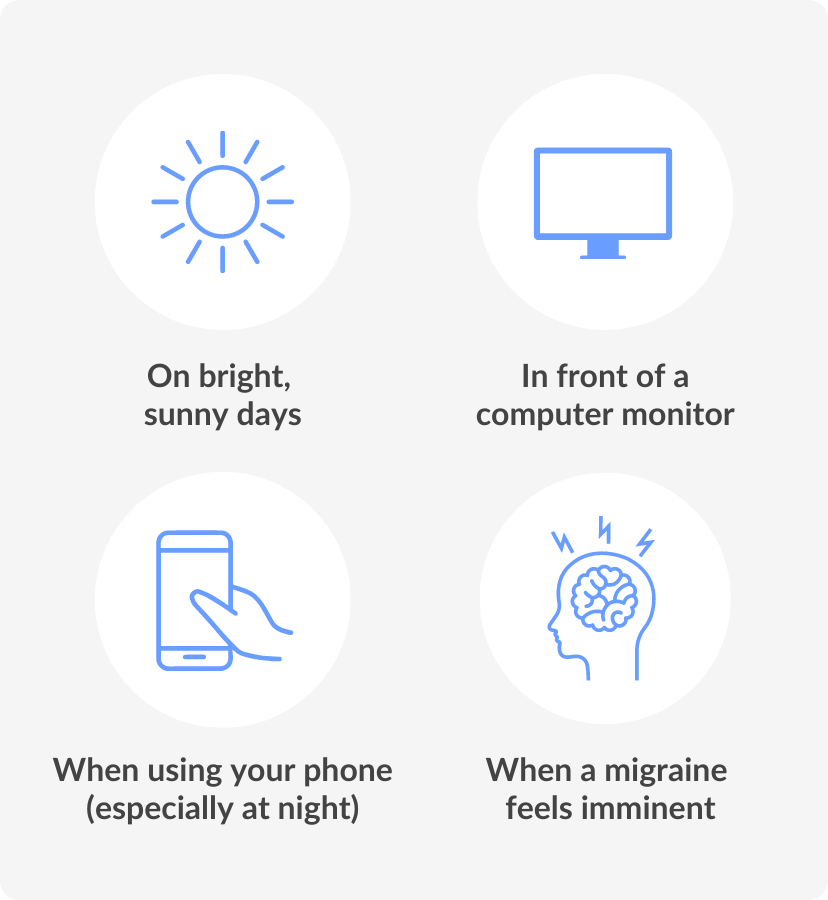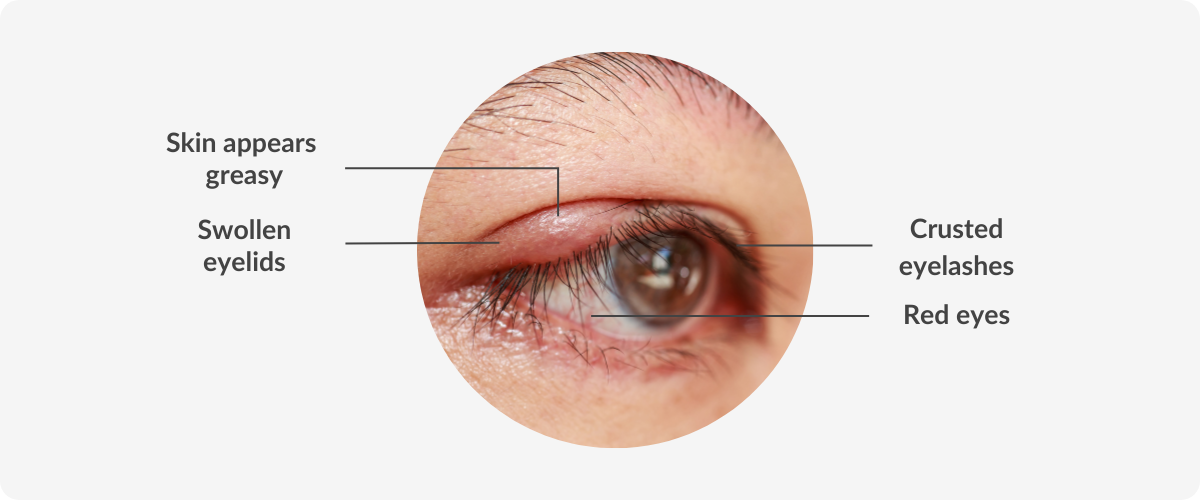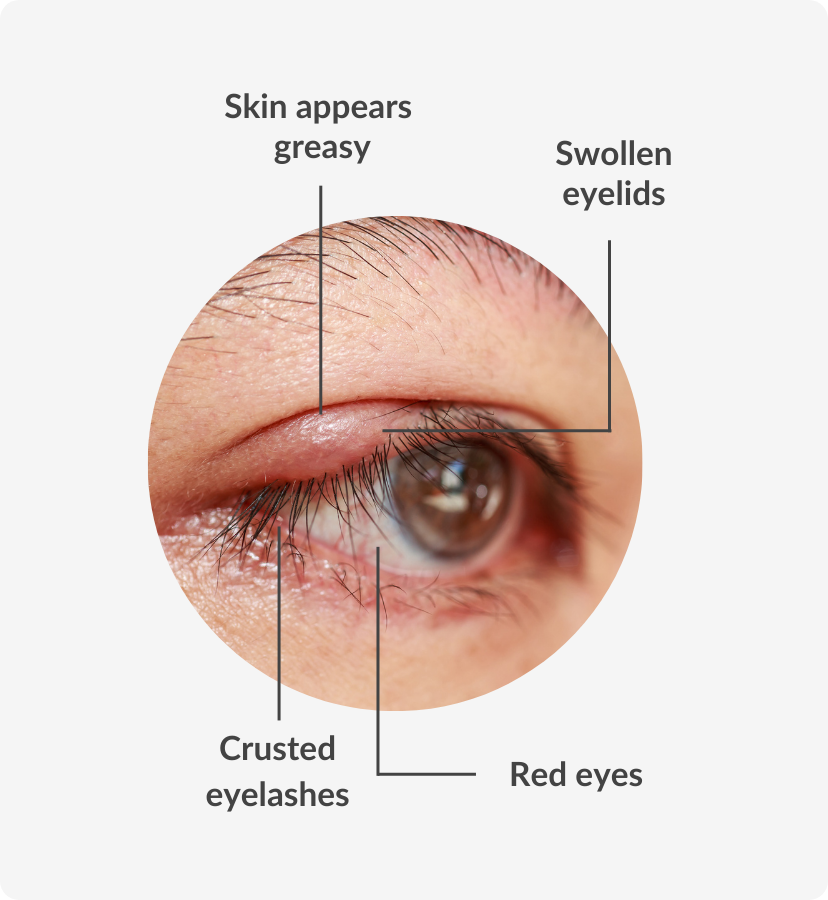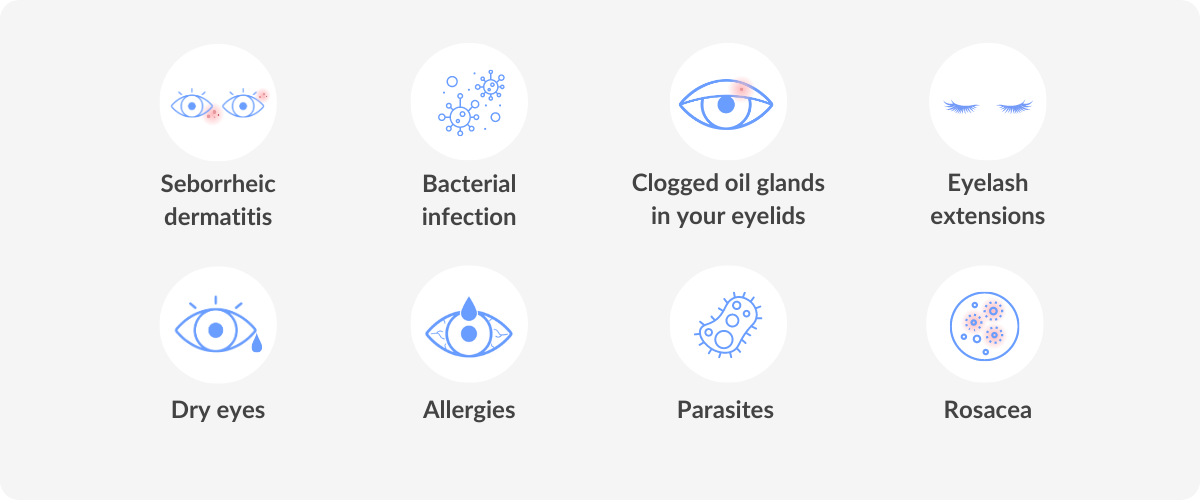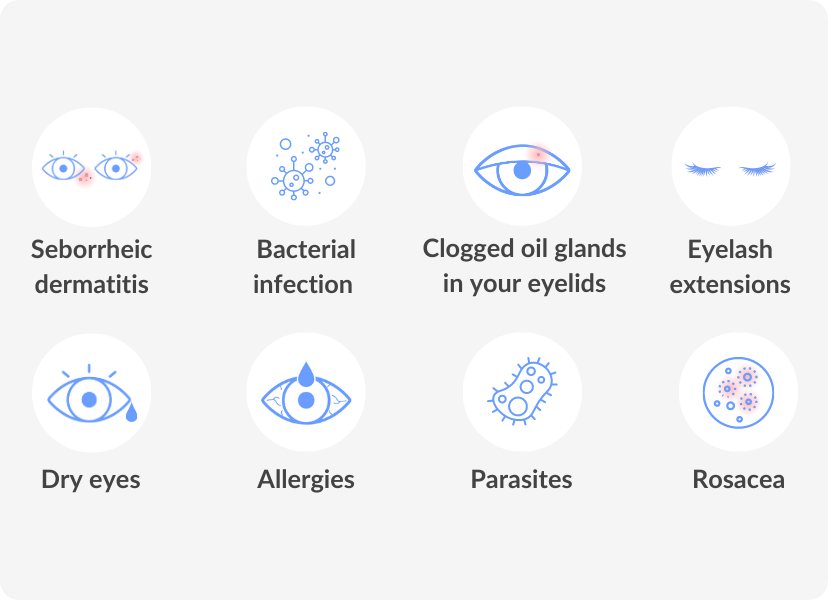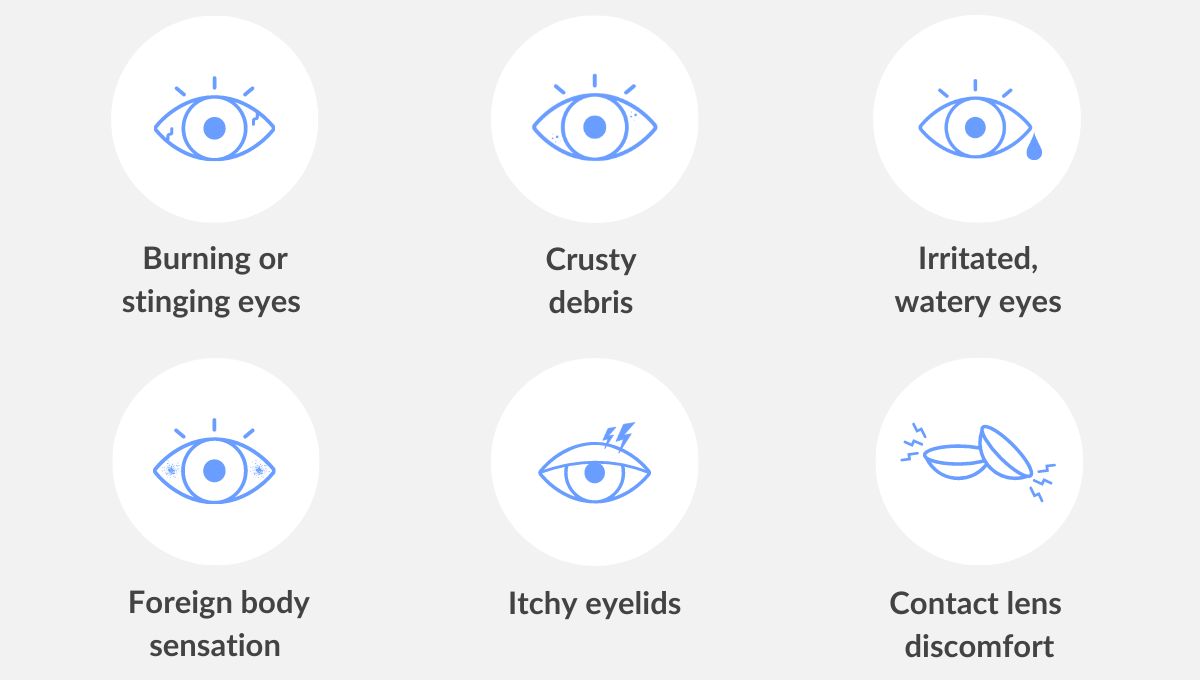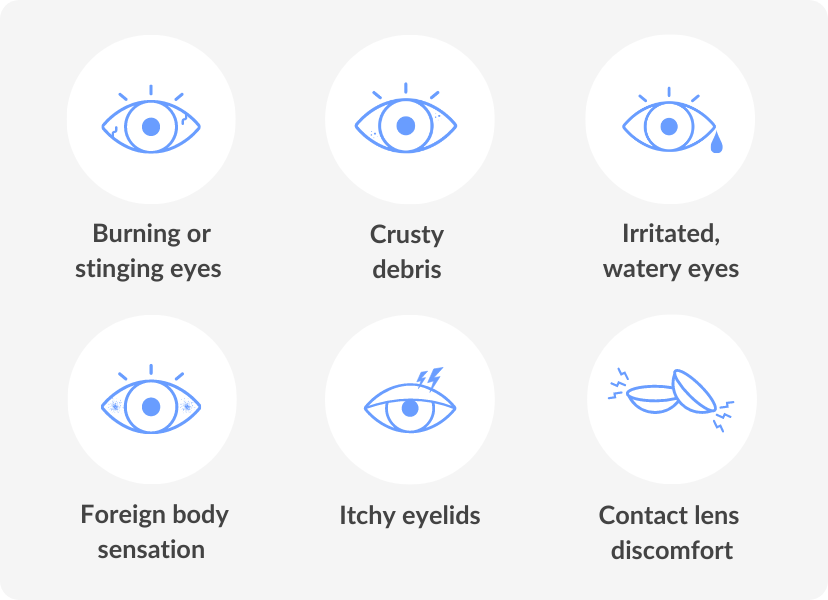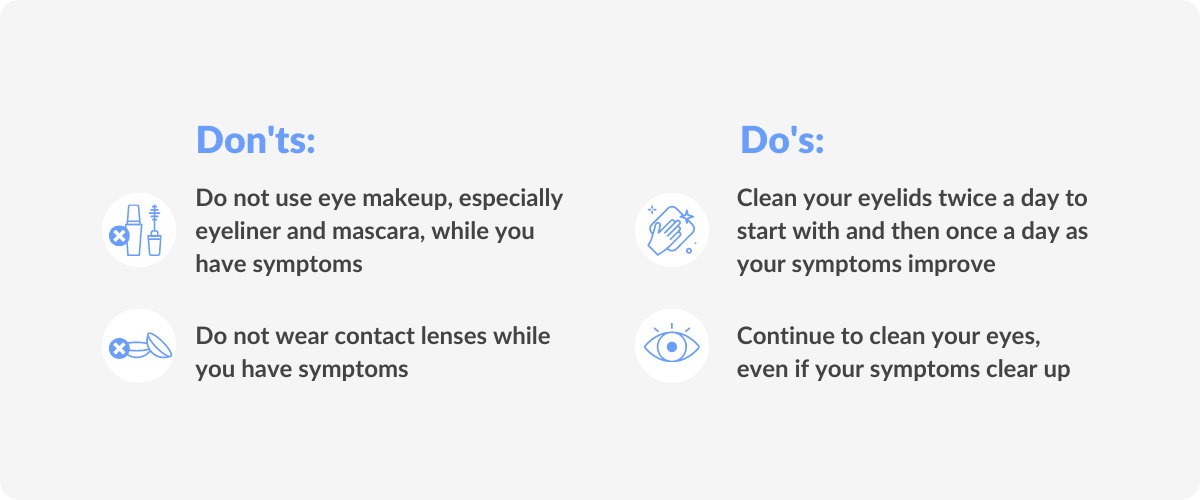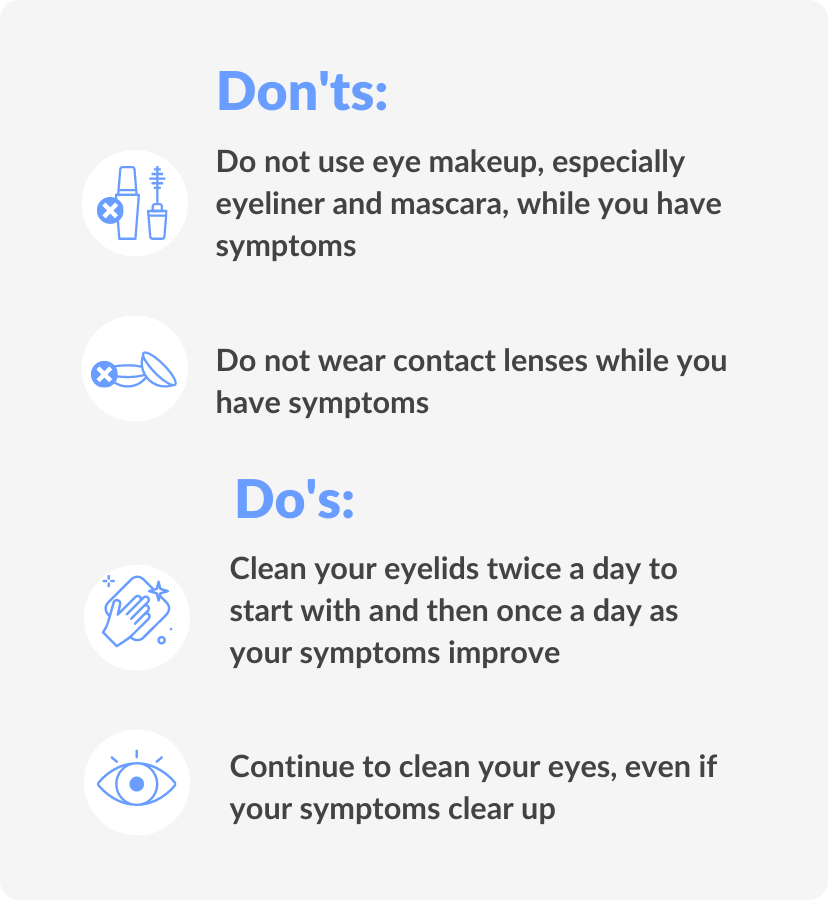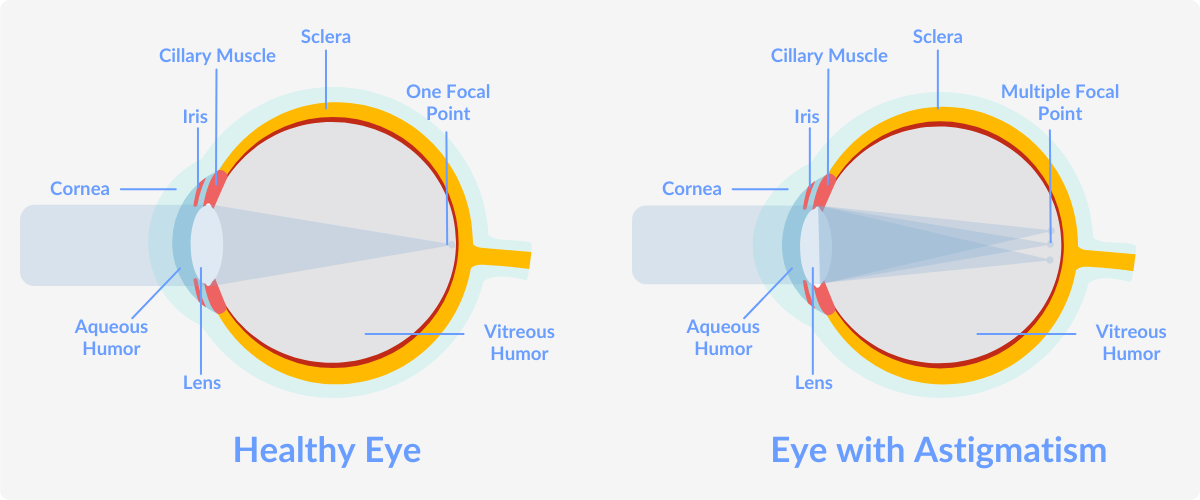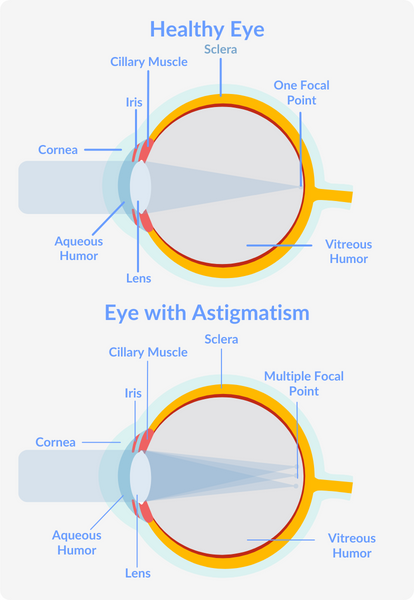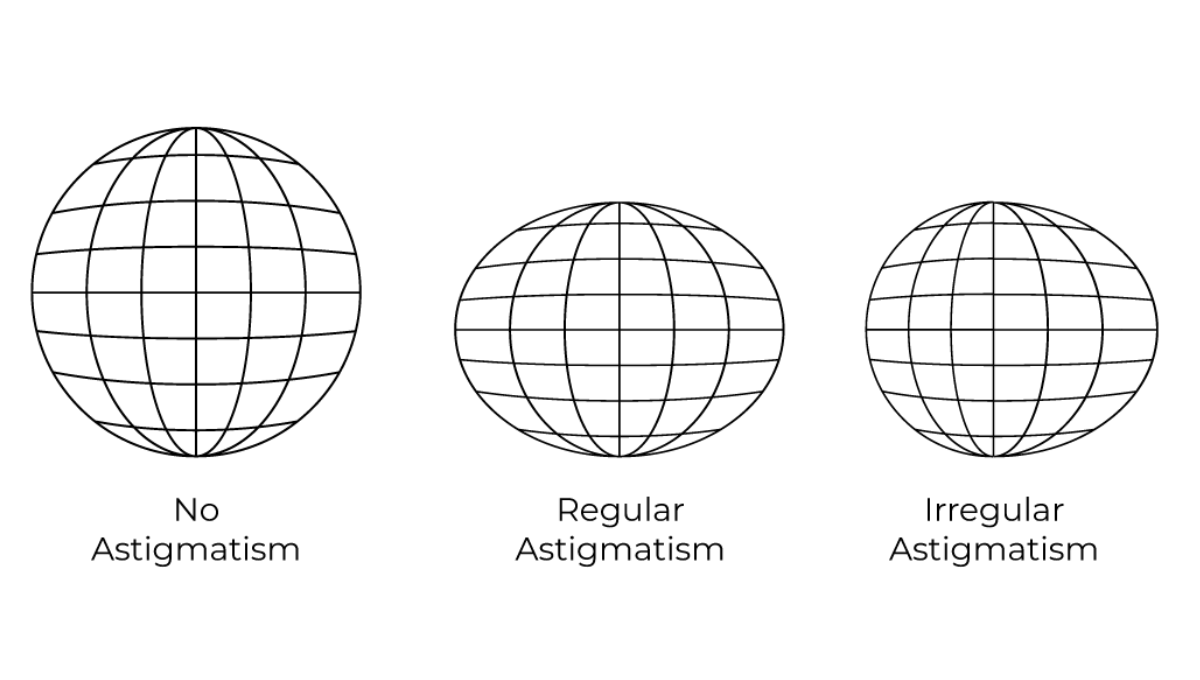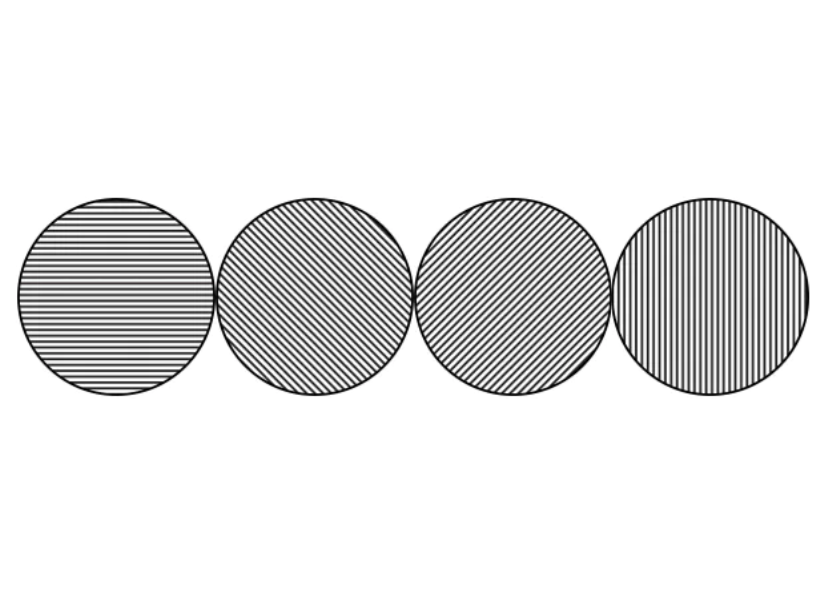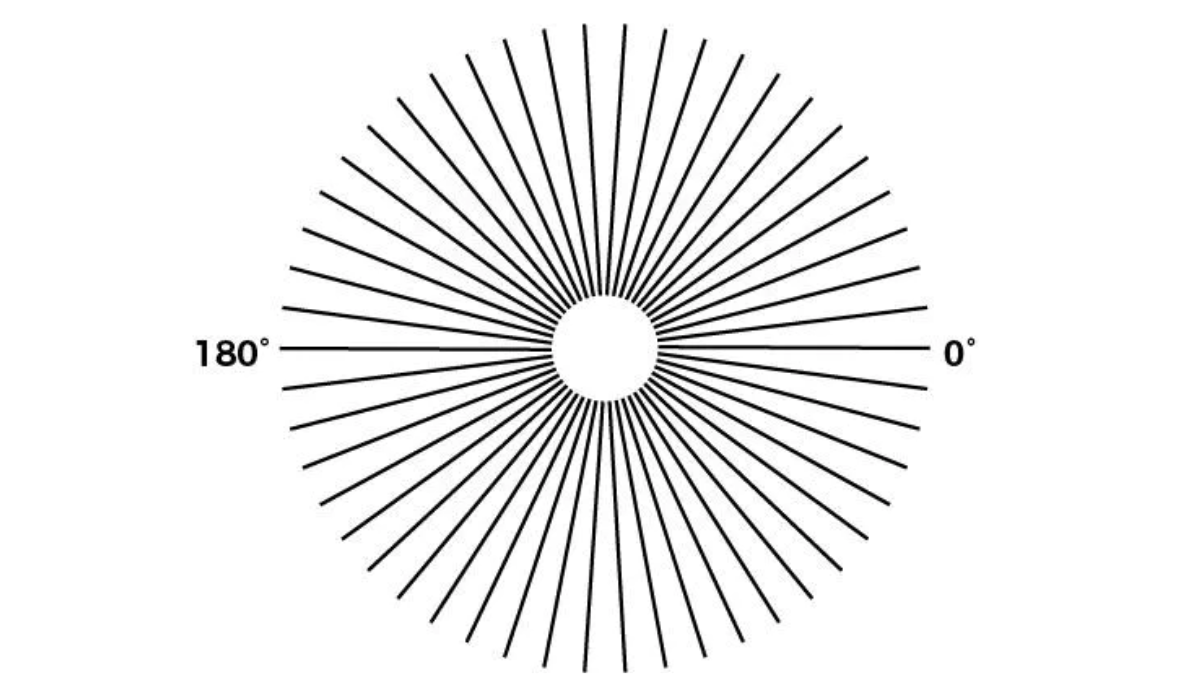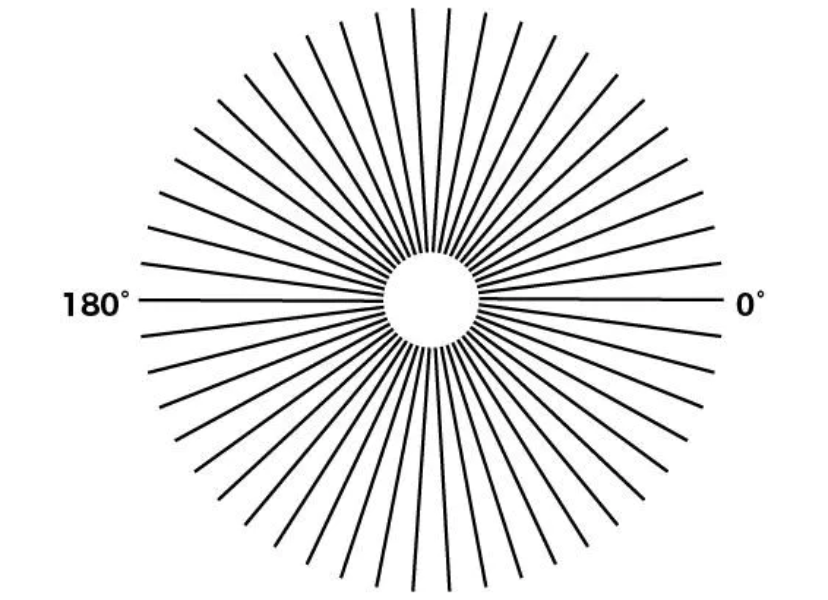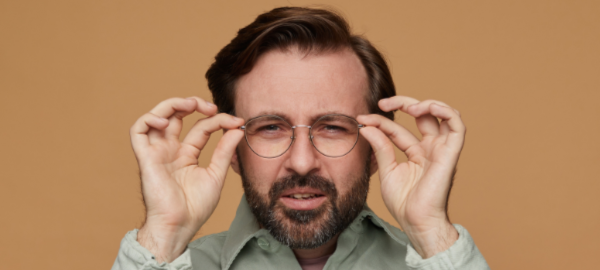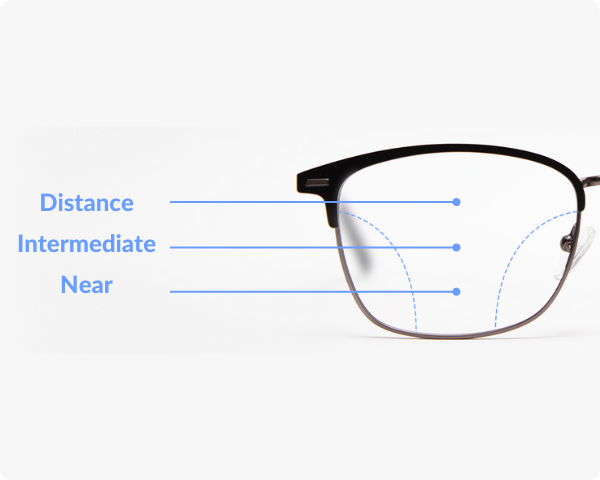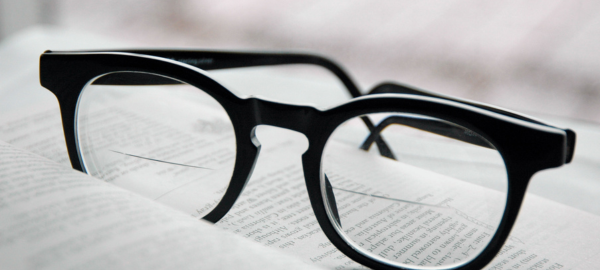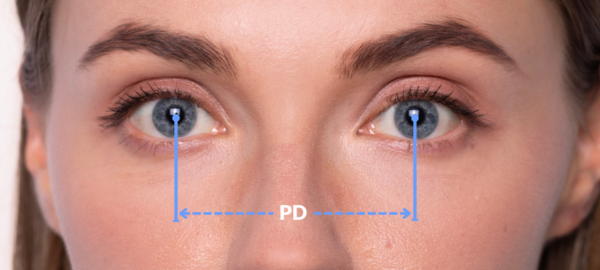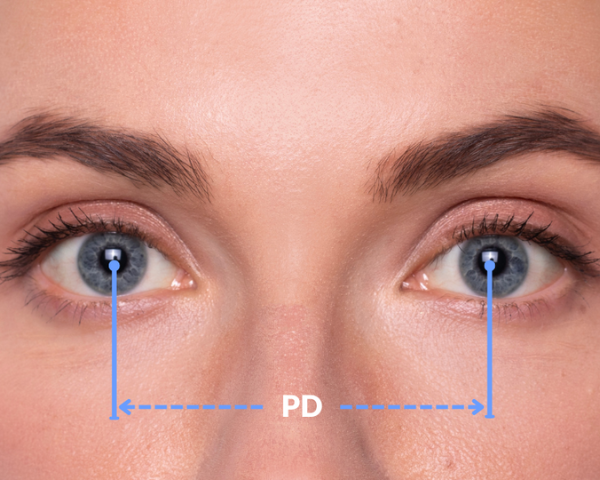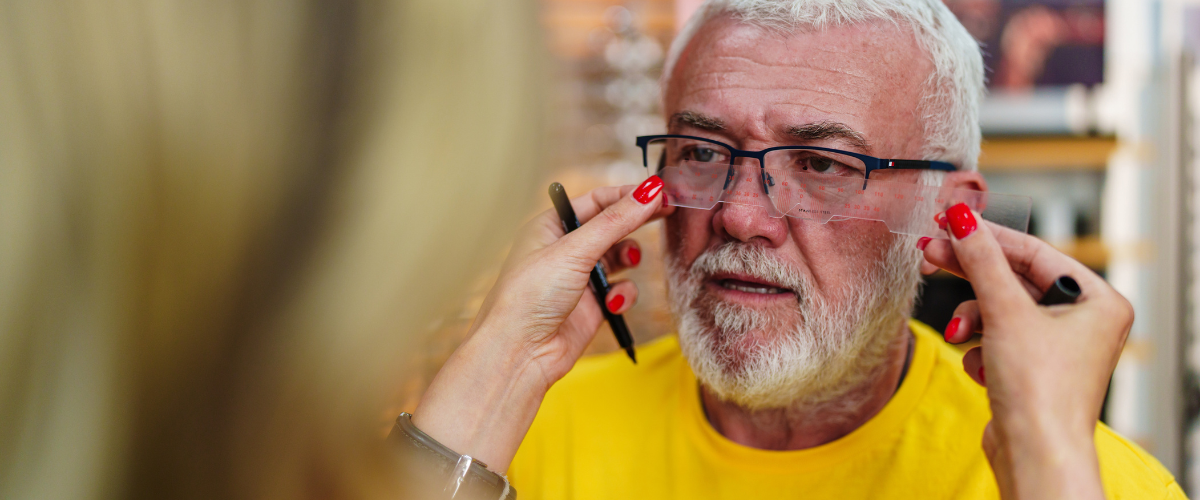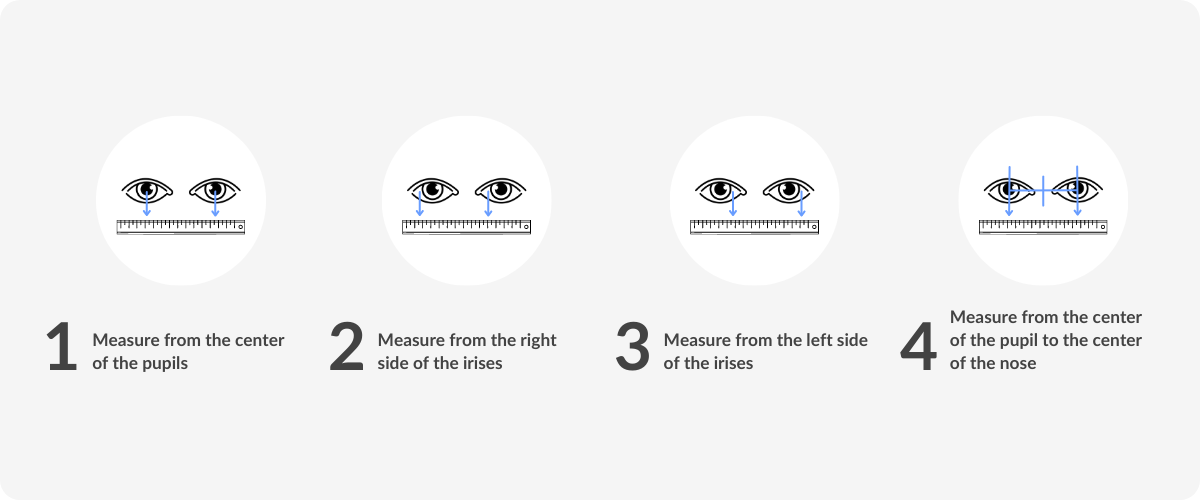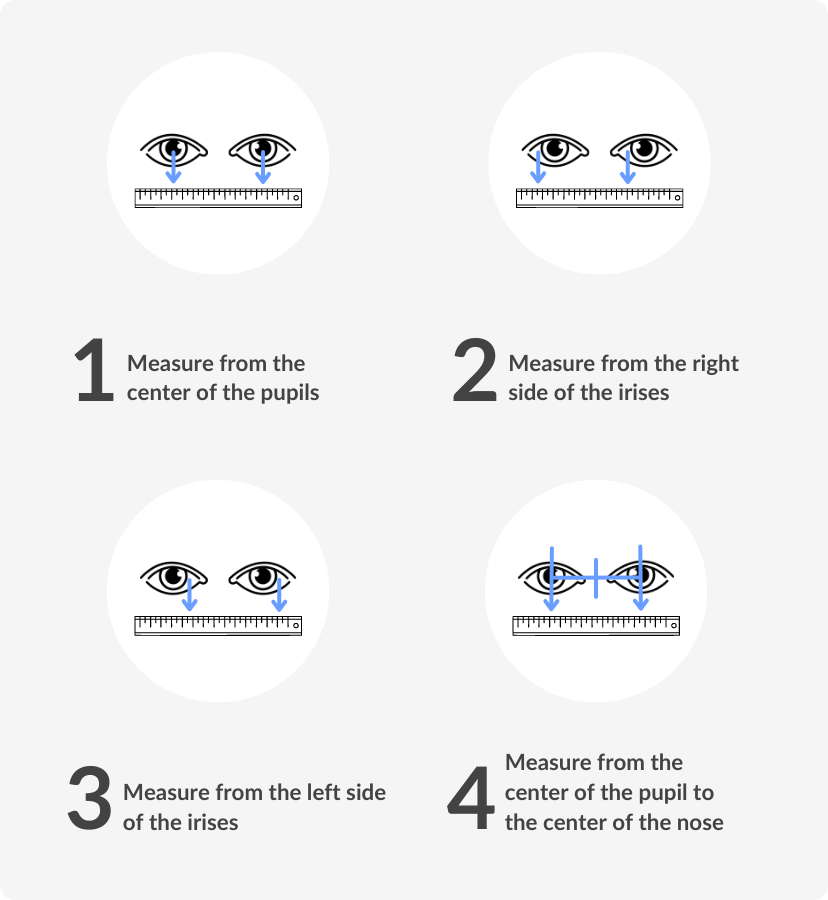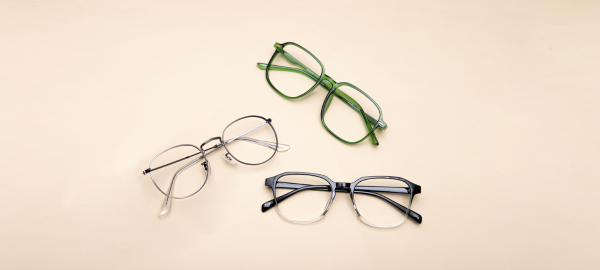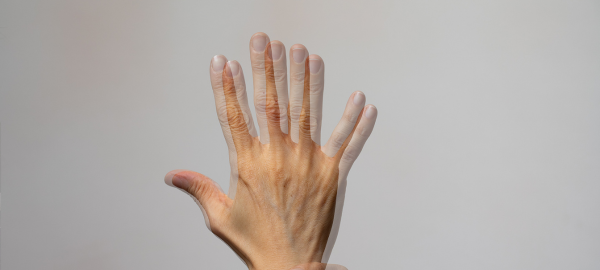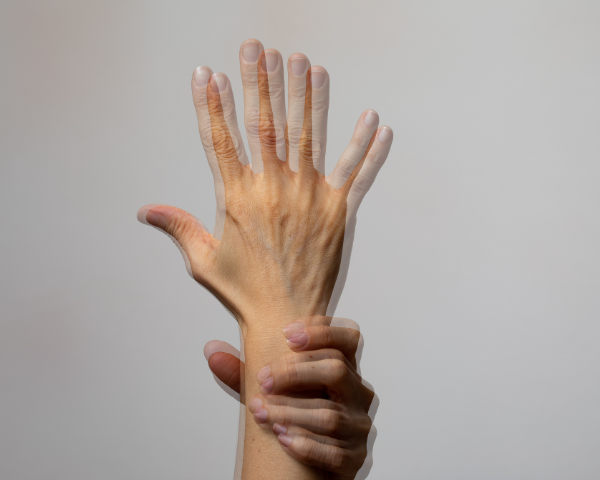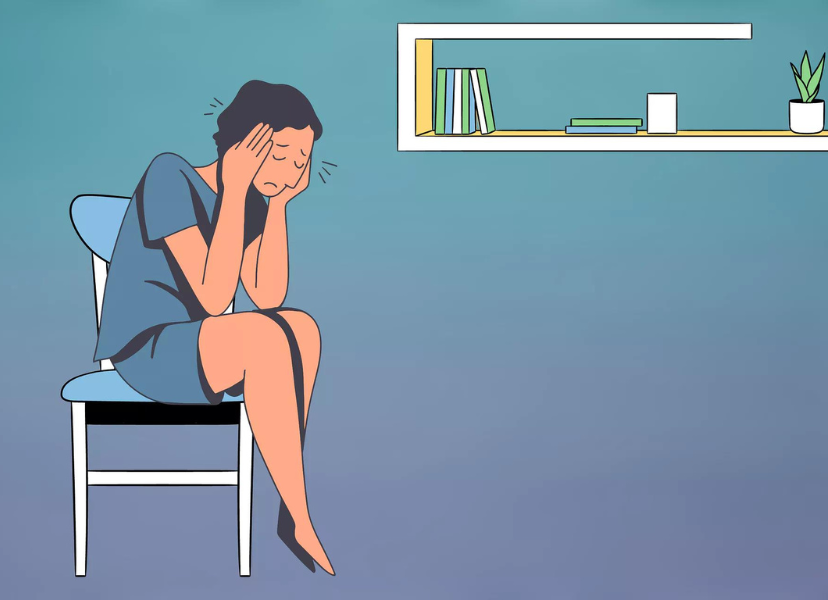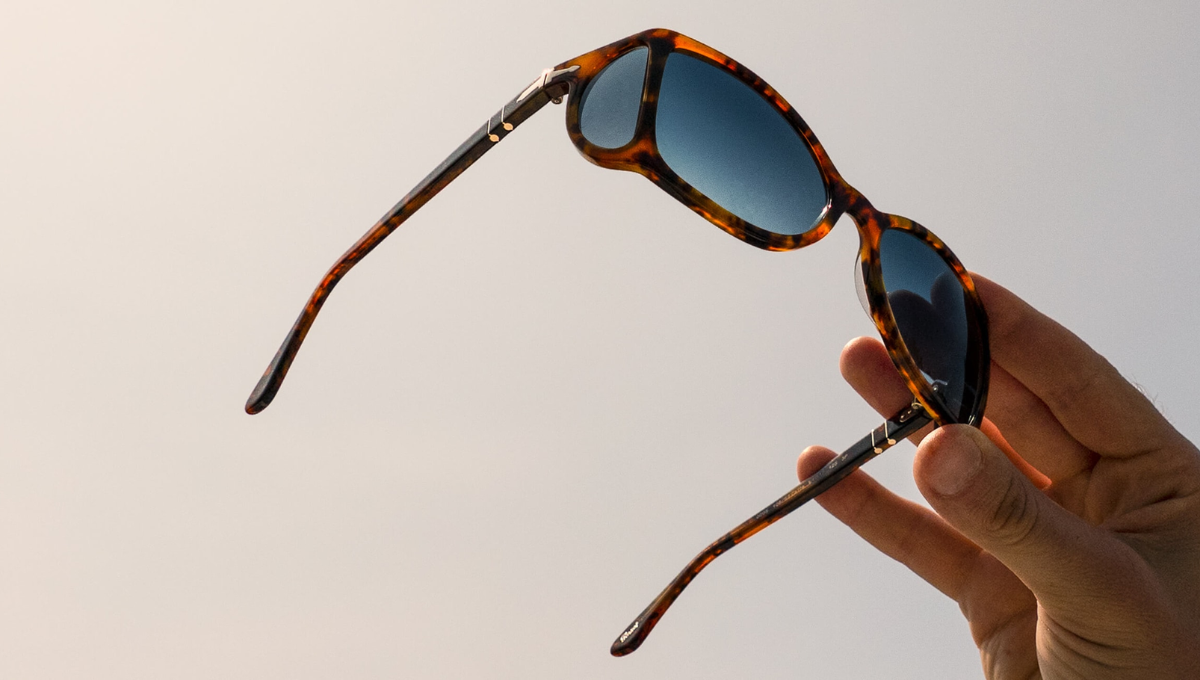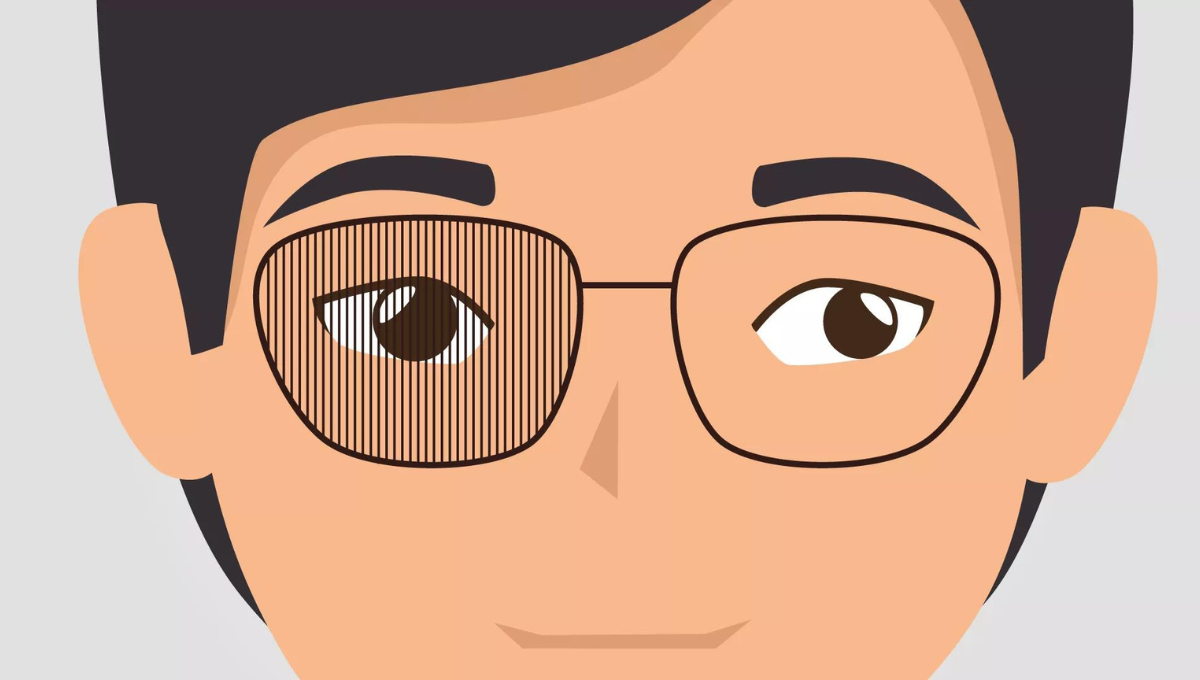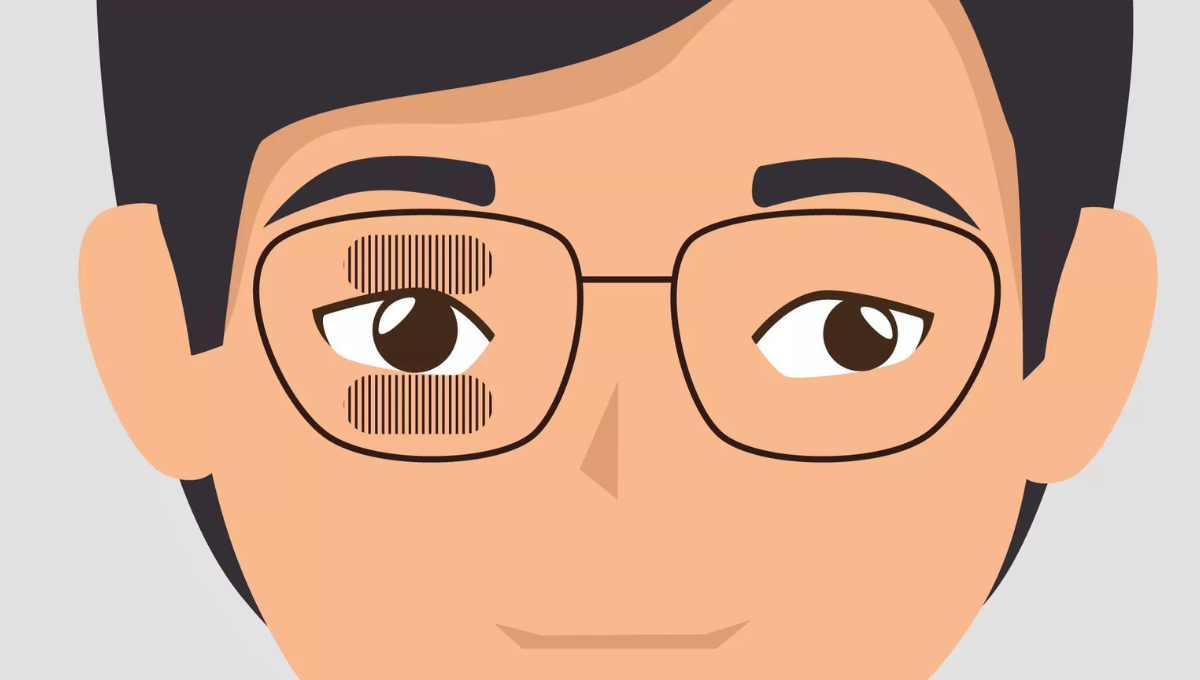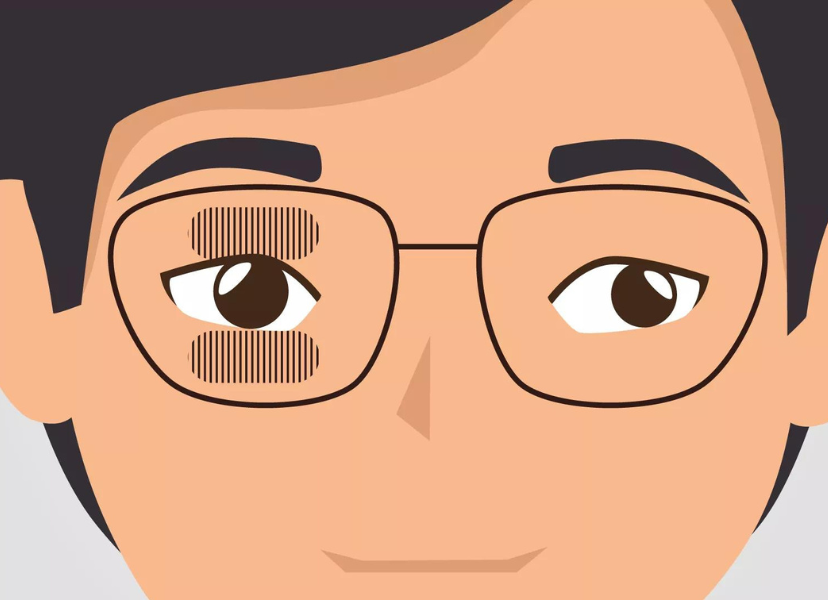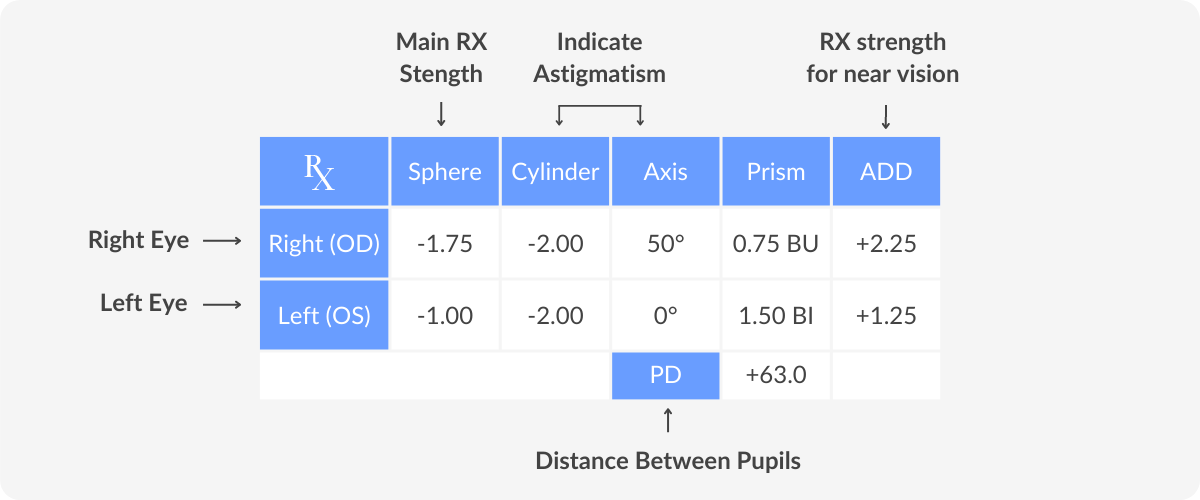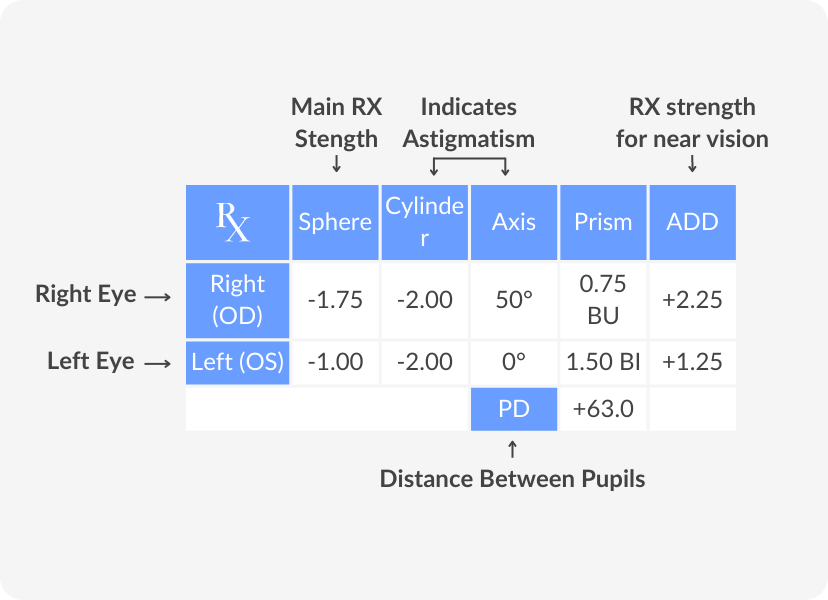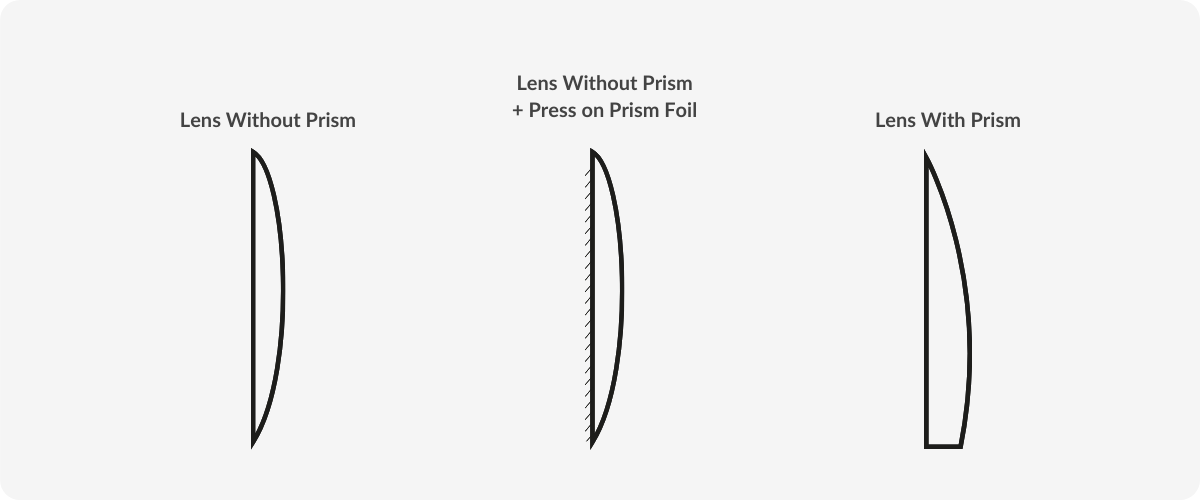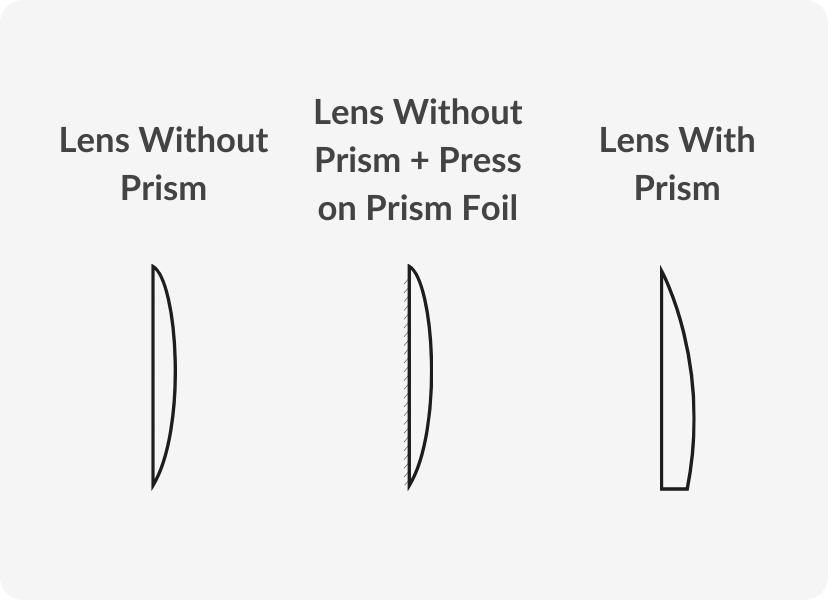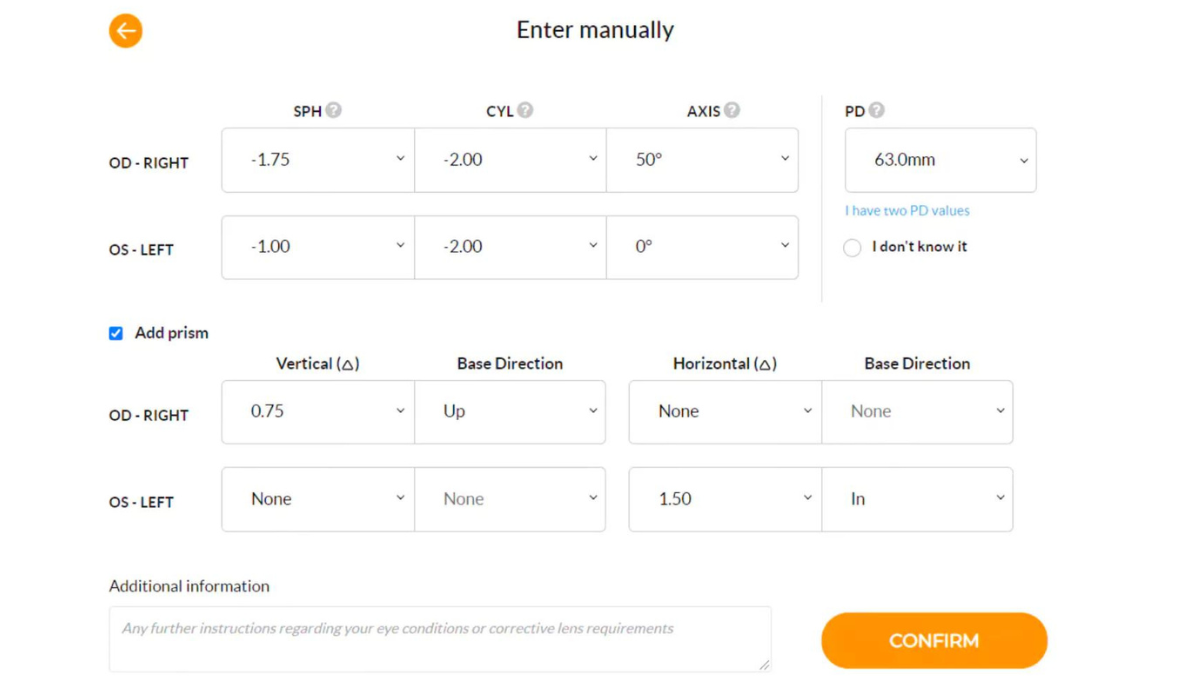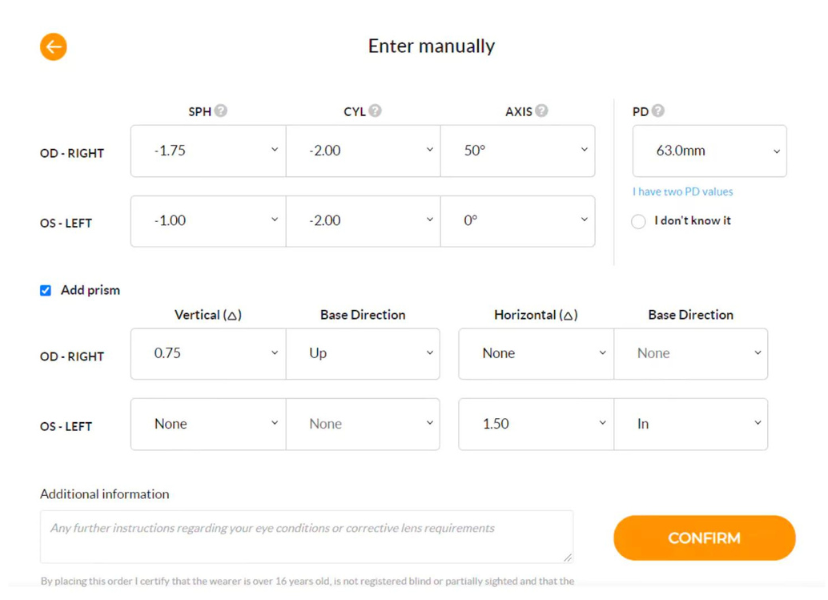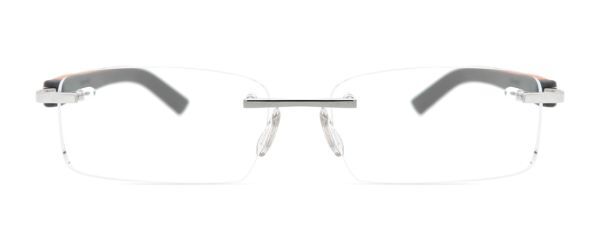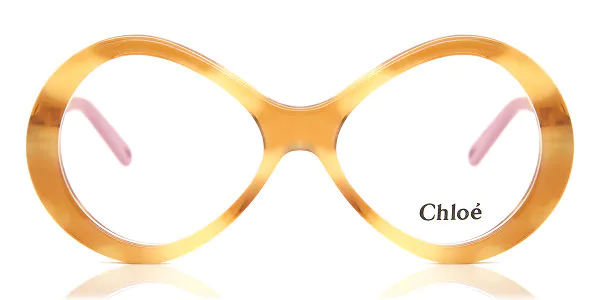
Reviewed by
Beck Jinnette
SUMMARY
Asian fit glasses are specially designed with a lower bridge to better fit unique facial features, such as a lower nose bridge, higher cheekbones and a rounder face shape.
This design provides a comfortable fit that prevents the frames from sliding down the nose, pressing against the cheeks, or feeling tight around the temples.
If you are having problems with your glasses fitting your face comfortably, then this article all about Asian fit has the answers you are looking for.
Do you find that your glasses sit tightly, always slide down your nose or sit too close to your eyelashes? Then maybe your face is telling you to upgrade to a pair that fits your facial features the way they are supposed to.
What does Asian fit mean in glasses?
We all look different and we all have different facial features. Just think about how, nowadays, anyone can unlock their phone by simply placing it in front of their face.
When choosing a pair of glasses, remember that what fits your face won’t necessarily fit another – just like your face is the only one to unlock your phone. It could be your eye shape, bone structure and so on.
Do you feel that your glasses do not correctly fit your face because they are too tight at the temples or always slip down your nose? For people with lower nose bridges and high cheekbones in particular this is a common issue. Due to the diversity among facial features, standard glasses aren’t always the right fit.
We have a solution!
Asian fit glasses are designed specifically to help avoid these issues. Also known as low bridge fit glasses or Omni fit, Asian fit eyewear can be more comfortable for people of Asian descent but is also not limited to them.
Asian fit sunglasses and glasses cater to specific facial features. If your answer is yes to any of these questions below, then you may want to consider getting yourself a pair of low bridge fit glasses:
- Do you have flatter facial features?
- A rounder and wider face?
- A low nose bridge and/or higher cheekbones?
If you’ve said yes to 1 or more of the above questions, then sit back and let’s have a look at what your face is saying.
Humans have adapted to their environment and climate for centuries, and based on these factors, our bodies have mutated to fit our surroundings, even our facial features.
Our noses, for example, have adapted to diverse climates, and if you live in a more humid climate, you’ll tend to have a wider nose to allow for more air to flow.

Facial features
In the Asian community, many tend to have a lower nasal bridge, the part that is between your eyes and close to your forehead. Therefore the bridge of your nose is lower than your pupils, making it harder for the glasses to sit correctly on your face and align with your vision.
If you have higher cheekbones, your glasses will tend to touch your cheeks, so when you talk or smile, you’ll see your glasses move as well. If your eyewear is always leaning on your cheeks, it can be uncomfortable.
With a wider and rounder face, standard glasses can be a little tighter around the temples or quite often sit too high on your face.
Can non-Asians wear Asian fit glasses?
Whether you are from an Asian community or not, having these particular facial features may entail that Asian fit glasses are designed specifically for you. If you have a smaller face shape you may also opt for an Asian fit.
What is the difference between Asian fit and standard fit?
Now that we’ve established who and for which particular facial features Asian fit glasses are, we can see exactly how they work.
3 main aspects make Asian fit glasses a little different from Standard fit glasses:
- Asian-fit glasses are designed with larger nose pads that ensure the glasses sit correctly on your face and away from your eyelashes. Standard fit glasses, instead, have a shorter bridge meaning that they may not fit well if you have a low nose bridge.
- The lenses are shorter, wider, and slightly tilted. This helps prevent the glasses from constantly touching your cheek and helps to create a gap between your face and the lenses. With your glasses sitting further away from your face, you’ll also reduce the risk of your eyewear fogging up, a pain every glasses wearer endures.
- The frame is wider and slightly curved for rounder and prominent heart face shapes, to prevent the glasses from being too tight at the temples or sitting too high on your face.
Round and heart-shaped faces tend to have a wider forehead which means that some regular or smaller size glasses would be too tight and squeeze your face. If you are not entirely sure what your face shape is, you can easily find out with our shape face guide.
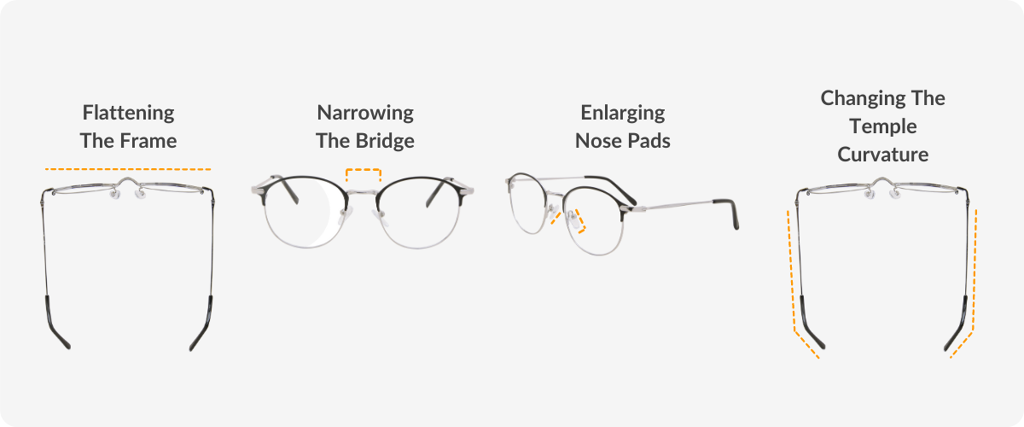
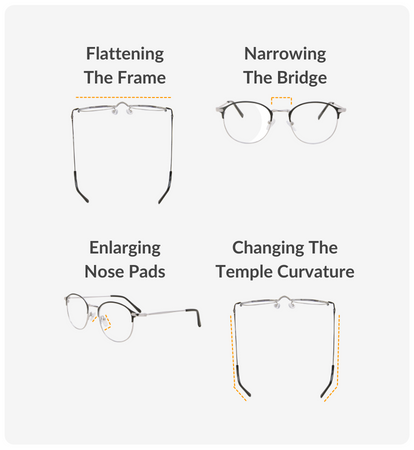
Are Asian fit glasses smaller?
Just like any clothing item that we wear, even glasses have a particular size, whether they are standard fit or Asian fit. They are smaller in some aspects, but it will depend on the measurement.
Sunglasses, and glasses in general, have 3 different measurements:
- The first measurement indicates your lens width
- The second number is the width of the bridge
- The third is the temple width
Extra nose pad features
For Onmi fit glasses, you want to ensure that the bridge or nose pads have the right size to sit correctly on your nose. The size can also differ depending on the frame material used.
Generally, bridge measurements on standard-fit glasses vary from 14-24 mm, but if it is too wide on your nose bridge, the glasses may slip down.
DID YOU KNOW?
Frame type
Plastic frames with a solid nose bridge for Asian fit glasses can measure around 8mm and this helps provide support and less slipping. A great example is Ray-Ban Asian fit glasses, which sit just right on your face and avoid any touching between your cheeks and glasses.
Many metal frames, for example, have adjustable nose pads that you can adjust to fit the glasses properly on each side of your nose. Certain metal frames can have a nose bridge of up to 11mm. Measurements for low bridge glasses can tend to be lower than the standard fit but do vary. But don’t let all these numbers stop you from getting a pair of trendy and cool Asian fit glasses.
Great-looking, better-fitting glasses
If you have a low nose bridge, wide and flat facial features or high cheekbones, then most probably Asian fit glasses are just the right eyewear for you.
Look trendy with a pair of Asian fit eyeglasses or low bridge sunglasses that fit; avoid the pain of your eyewear moving inconveniently or them fogging up your vision because they are too close to your face.





































